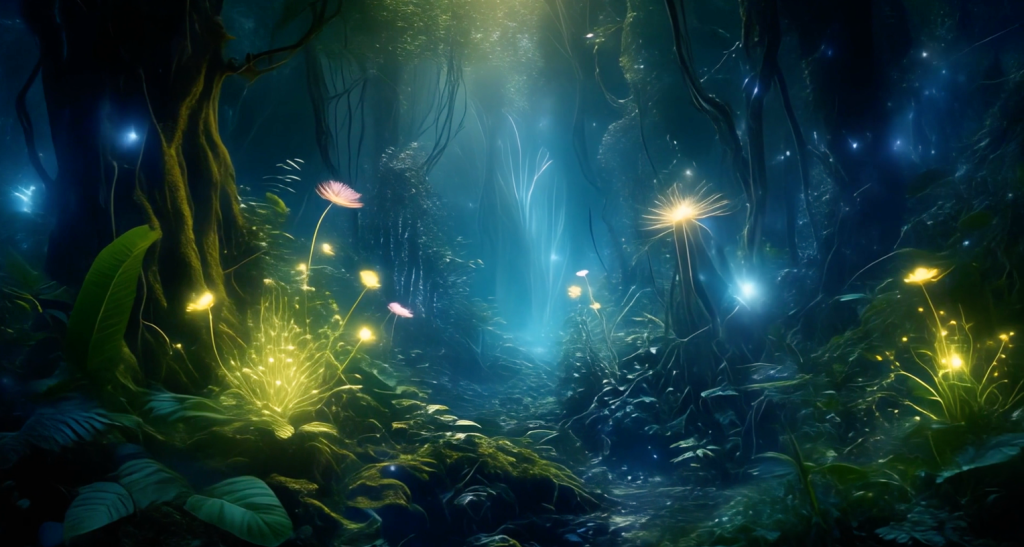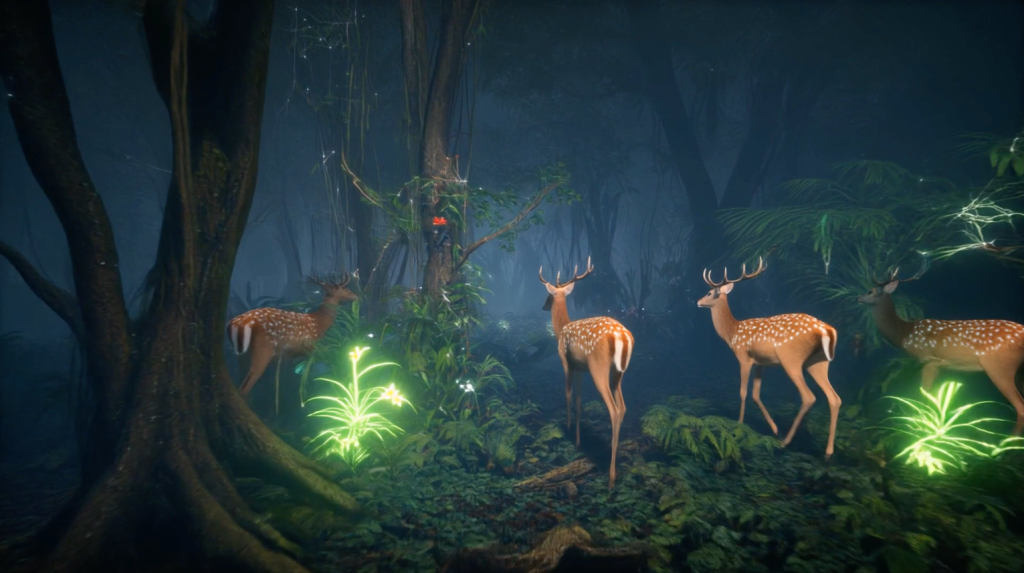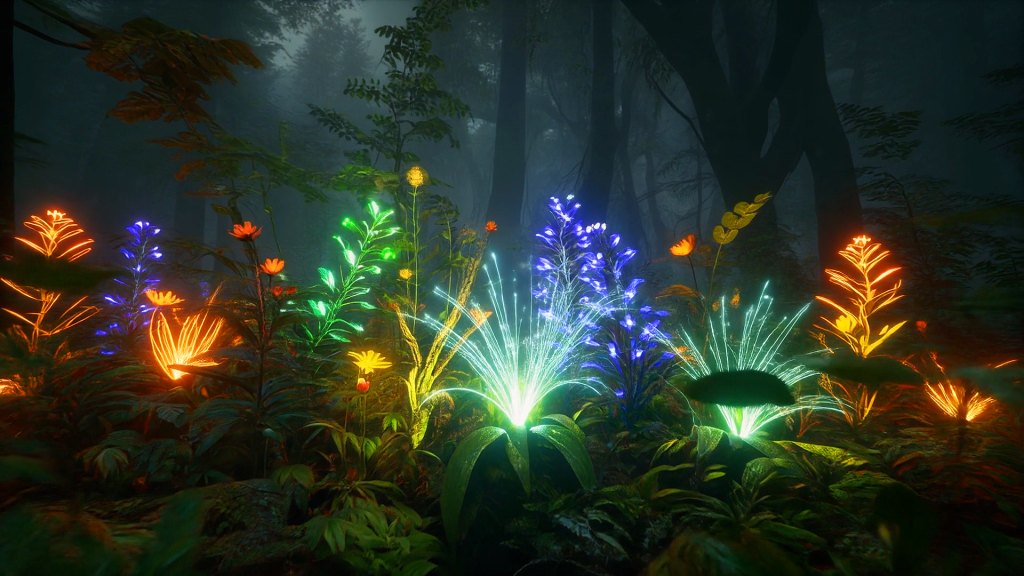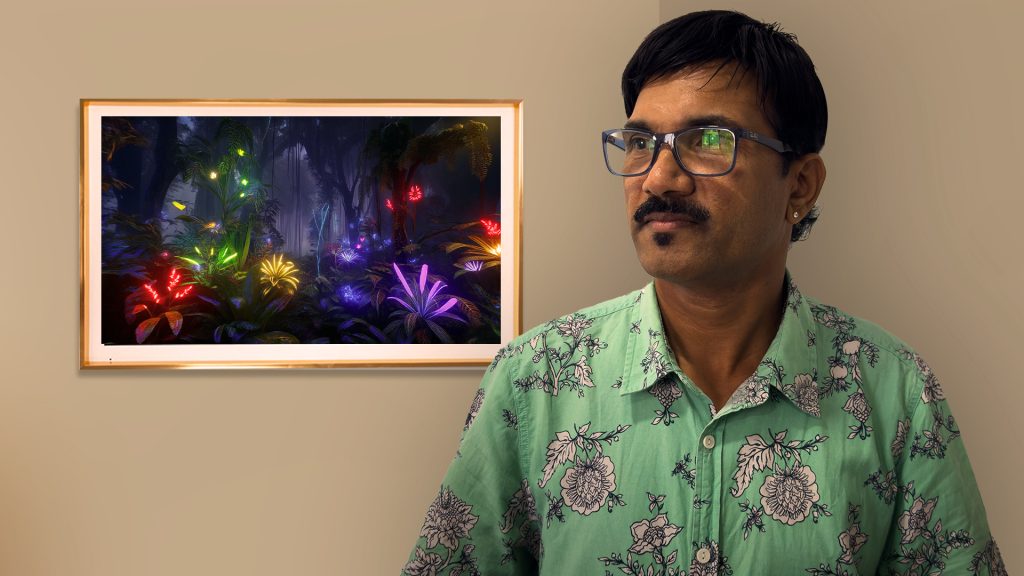The Wild Awakening I, II, and III belongs to R. Gopakumar’s Wild Awakening series, a body of work that delves into the raw energy of nature while confronting the challenges of climate change. With its interplay of organic inspiration and digital innovation, the series seeks to capture the essence of wildness and calls for a renewed awareness of humanity’s connection to the natural world.
The Wild Awakening: Vol. I, Vol. II






